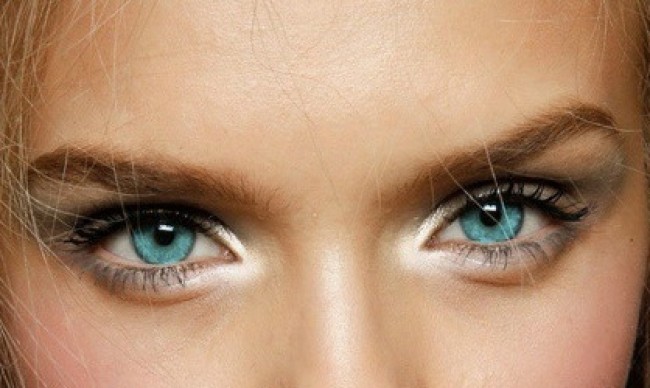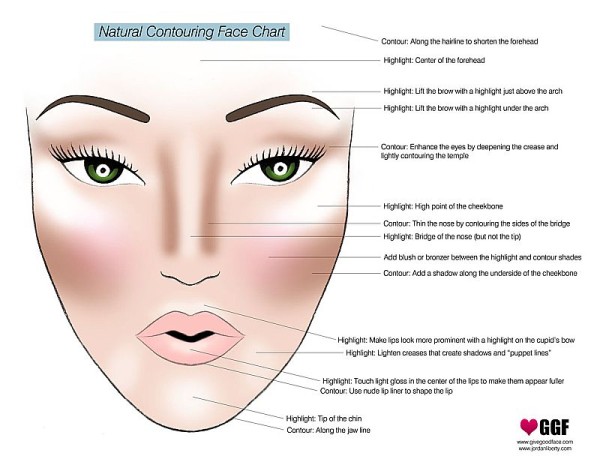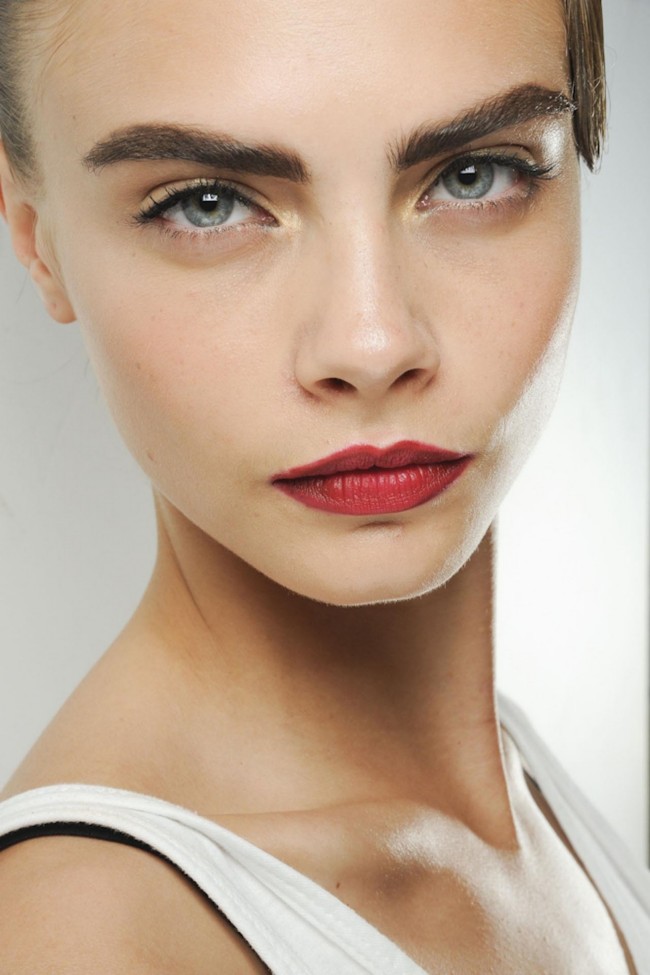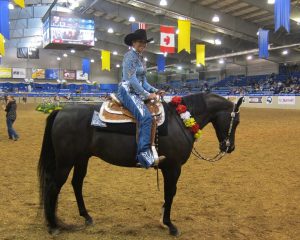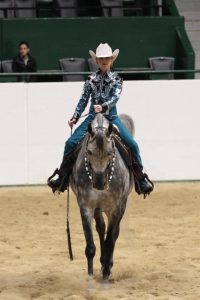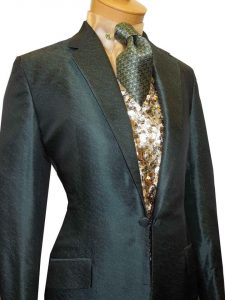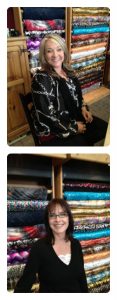Last week, as I watched the live video feed of the Lexington Junior League Horse Show, I enjoyed seeing the rainbow of colorful day coats that were worn by all of the riders. Peach, poppy, lilac, mint… each class presented riders on their elegant Saddlebreds wearing lighter (or brighter) coat colors than the last.
When I started showing as a youth I can remember my first show outfits all consisting of day coats and jods. Nevertheless, they were monochromatic and lacked the flamboyancy of the contrasting ones worn by the women in the Saddlehorse arena. But after their popularity in the 80s-90s in the Arabian fashion industry they went “out of style,” and the majority of riders began to solely to wear suits.
Nevertheless, since then, Arabian Saddleseat attire has progressively become more glamorous and fun. Riders began accenting their suits with brighter ties and shirts, as well as incorporating more and more sparkle, and day coats have begun to pop up here and there.
Personally, I think day coats – when styled in the right way – are fashion forward, and I hope we see a resurgence of them in the Arabian industry. How fun would it be to see a new expression of fashion in our show arenas?
Not only do they provide riders another outfit option in addition to their traditional suit, but they open up new doors for riding apparel – offering a multitude of new color and fabric selections and combinations – and they are great for setting yourself apart from the crowd. They can even be combined with formal attire in the Park classes.
Nevertheless, although your horse might look stunning in a showy coat, he has to be ready for the attention before you wear that coat in the arena. Basically, you don’t want to be a bright spot in the ring unless you and your horse are prepared for it, as you want that attention to be favorable.
If you and your horse are both ready, then I say go for it!
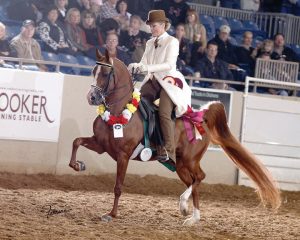 Pictured here, Lara Ames has established herself as one of the most daring fashionistas and biggest embracers of this day coat trend. “A few years ago I started wearing day coats again as I felt there was so many solid suits and just wanted to wear something that stood out,” asserts Lara. With that in mind and with the help of Show Season she created a look that stood out while complimenting the color of her horse, A Noble Cause.
Pictured here, Lara Ames has established herself as one of the most daring fashionistas and biggest embracers of this day coat trend. “A few years ago I started wearing day coats again as I felt there was so many solid suits and just wanted to wear something that stood out,” asserts Lara. With that in mind and with the help of Show Season she created a look that stood out while complimenting the color of her horse, A Noble Cause.
Show Season has also fashioned many other amazing day coats using soft paisleys, brocades and plaids, which add color and panache to one’s look.
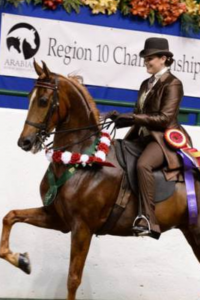
Or, if you want to embrace the day coat trend but are still a bit skeptical, go for something more conservative. Kara Larson did this beautifully with her shiny cocoa day coat, paired with jods in a complementary color that are minus the shine of the coat.
“I love my day coat,” Kara explained. “It is definitely a fun alternative to a single fabric suit and I feel like it gives a strong impression in the ring without being too loud for a conservative class like country pleasure. As an amateur, I want my suit to add an air of polish to the picture, not distract from the beauty and talent of my horse, so for me, the day coat is a perfect option! And it truly offers endless opportunities to make it your own and find what suits you and your horse best!”
As always, the most important thing is the overall picture. You want to enhance your and your horse’s strong points, as well as the image of you two together. It is the combination of fine appearance, confidence, skill and quality that creates a winning look, and after spending hours of grooming and months of training and practice, it doesn’t make sense to not put just as much thought into your own appearance.





